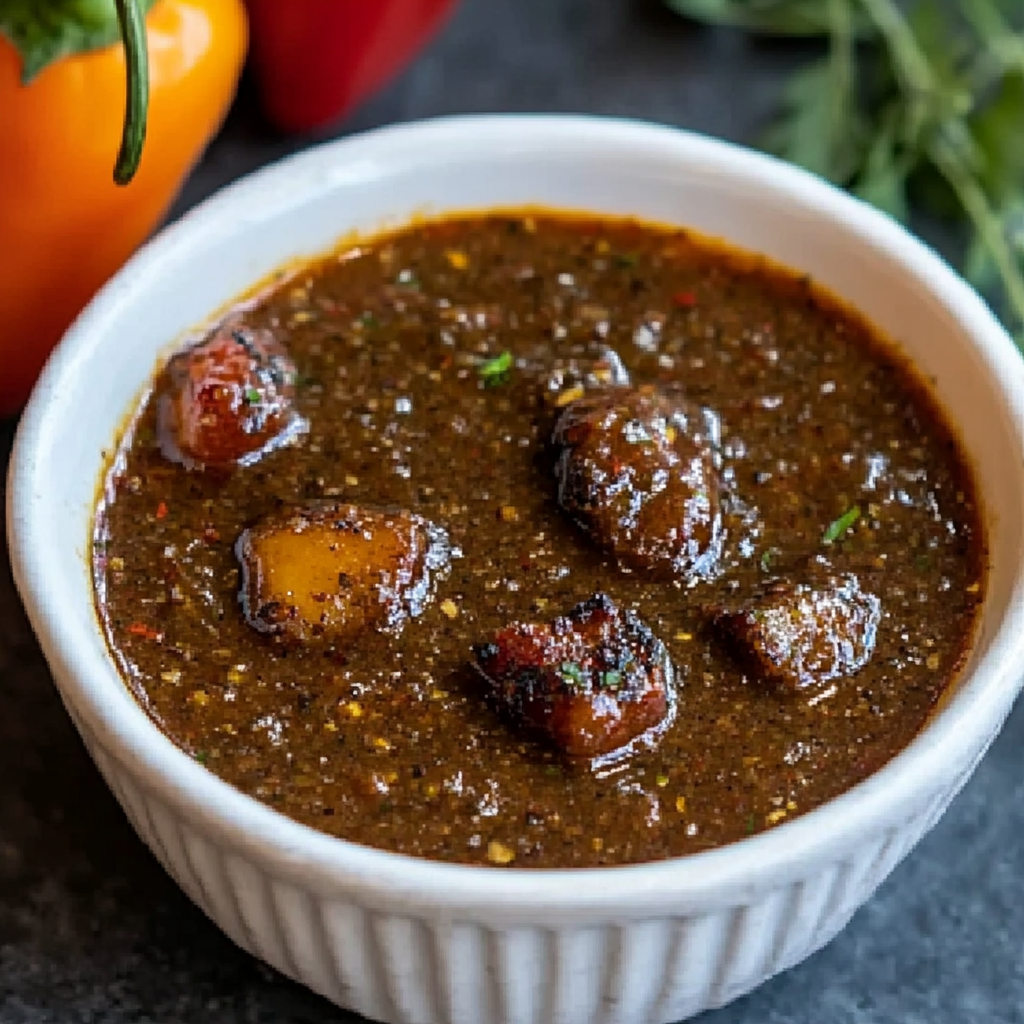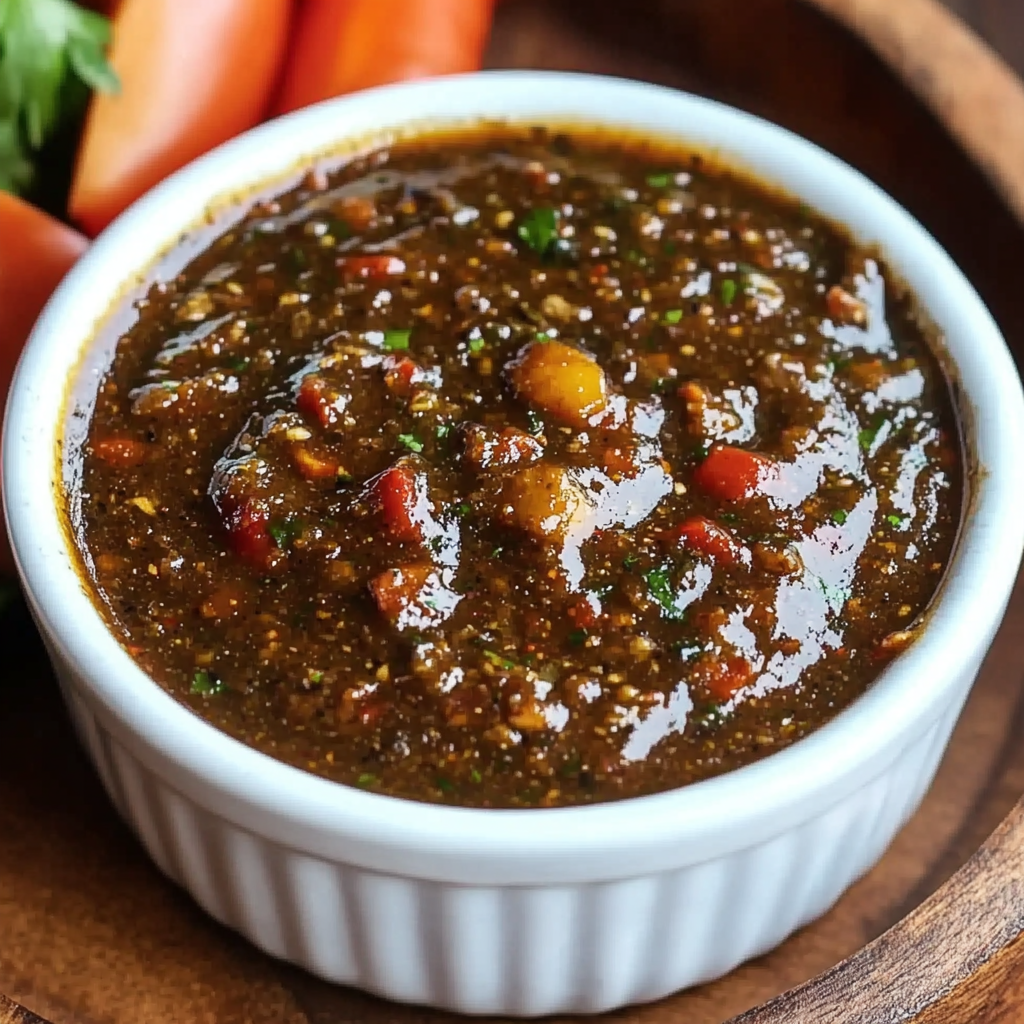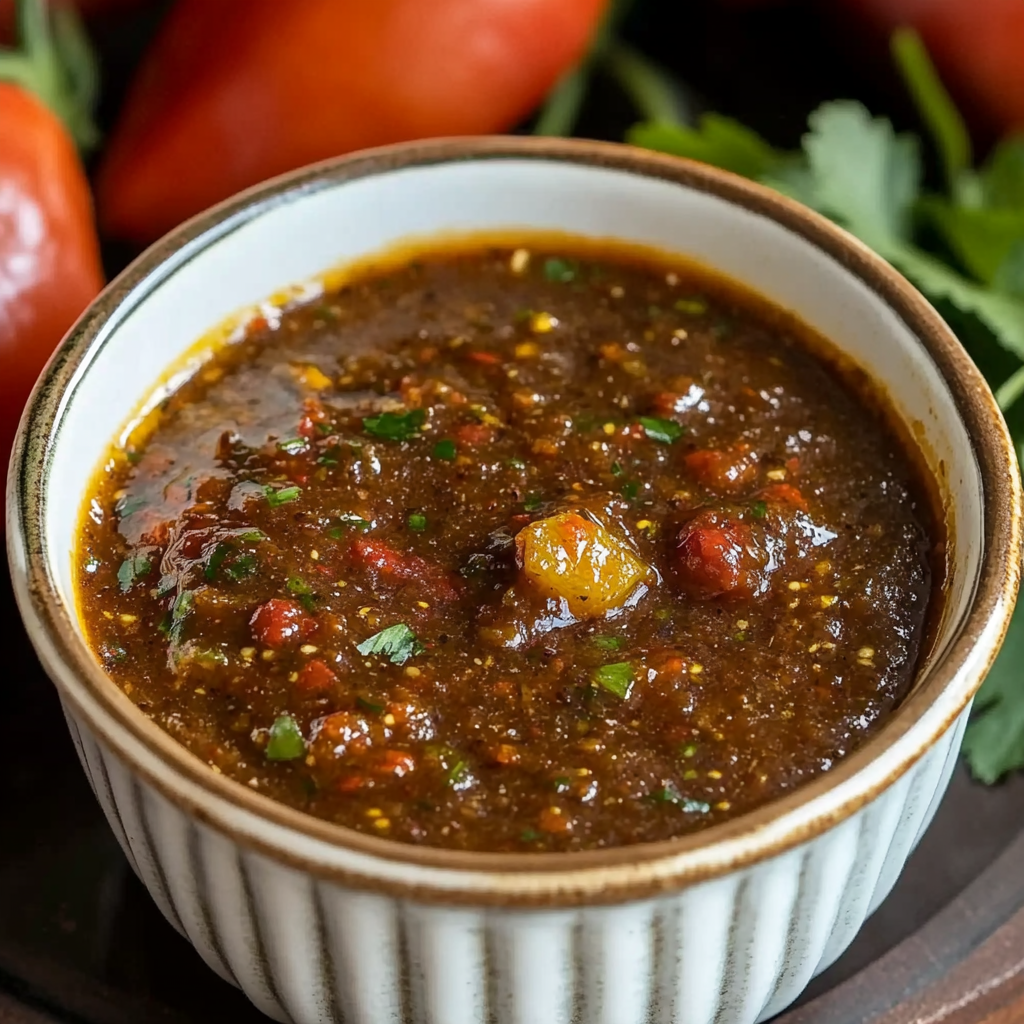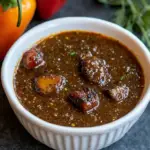Jamaican cuisine is renowned for its bold, spicy, and aromatic flavors, with jerk seasoning standing out as one of its most iconic culinary creations. This Caribbean spice blend is famous for its deep heat, smoky essence, and rich combination of spices, making it a staple in Jamaican cooking. Whether used as a dry rub or a wet marinade, jerk seasoning transforms meats, seafood, and even vegetables into flavorful delights.
The origins of jerk cooking date back to the Maroons, descendants of enslaved Africans who escaped British rule and settled in the mountains of Jamaica. They perfected the art of seasoning and smoking meat using local spices and wood, creating a technique that would define Jamaican cuisine for centuries. Today, jerk seasoning has gained global recognition, inspiring food lovers to recreate its signature heat and smokiness at home.
Jerk seasoning isn’t just about heat—it’s about balance. A perfect blend of ingredients like Scotch bonnet peppers, allspice, and thyme creates a depth of flavor that’s both fiery and aromatic. According to Wikipedia’s guide on Jamaican cuisine, jerk seasoning is a fundamental part of the island’s food culture. It’s commonly used in dishes such as jerk chicken, jerk pork, and even jerk shrimp, each cooked over pimento wood for an authentic smoky taste.
If you’ve ever wondered how to achieve the perfect jerk marinade, this guide will take you through its history, key ingredients, and authentic recipes that bring the vibrant taste of Jamaica straight to your kitchen.
History and Origins of Jerk Cooking
The history of jerk cooking is deeply rooted in Jamaica’s past, tracing back to the Maroons—enslaved Africans who escaped British plantations and sought refuge in the island’s mountainous regions. These resilient communities developed unique cooking techniques that allowed them to prepare flavorful, preserved meats while remaining hidden from colonial forces.
One of the key elements of early jerk cooking was the use of pimento wood, which came from the same tree that produces allspice berries. The wood added a distinctive smoky flavor to the meat while also acting as a natural preservative. This method of slow-cooking over an open flame not only infused the meat with rich, aromatic flavors but also ensured it remained edible for extended periods.
The Influence of Indigenous and Colonial Cooking Techniques
While the Maroons perfected the technique of jerking meat, the practice itself was influenced by the Indigenous Taino people, the original inhabitants of Jamaica. The Tainos introduced the concept of slow-smoking meat over an open fire, a technique the Maroons adapted and enhanced with the bold flavors of African and Caribbean spices.
The arrival of European colonizers further shaped Jamaican cuisine. Spanish and British settlers brought new ingredients, including garlic, onions, and vinegar, which were eventually incorporated into jerk seasoning. Over time, this fusion of African, Indigenous, and European culinary traditions created the iconic jerk flavor profile recognized today.
According to Wikipedia’s page on Jerk Cooking, this method has evolved significantly, with modern adaptations allowing people to enjoy jerk flavors without the need for traditional pit cooking. While pimento wood remains the preferred smoking method in Jamaica, chefs worldwide have found ways to replicate its deep, smoky essence using charcoal, wood chips, and even oven roasting.
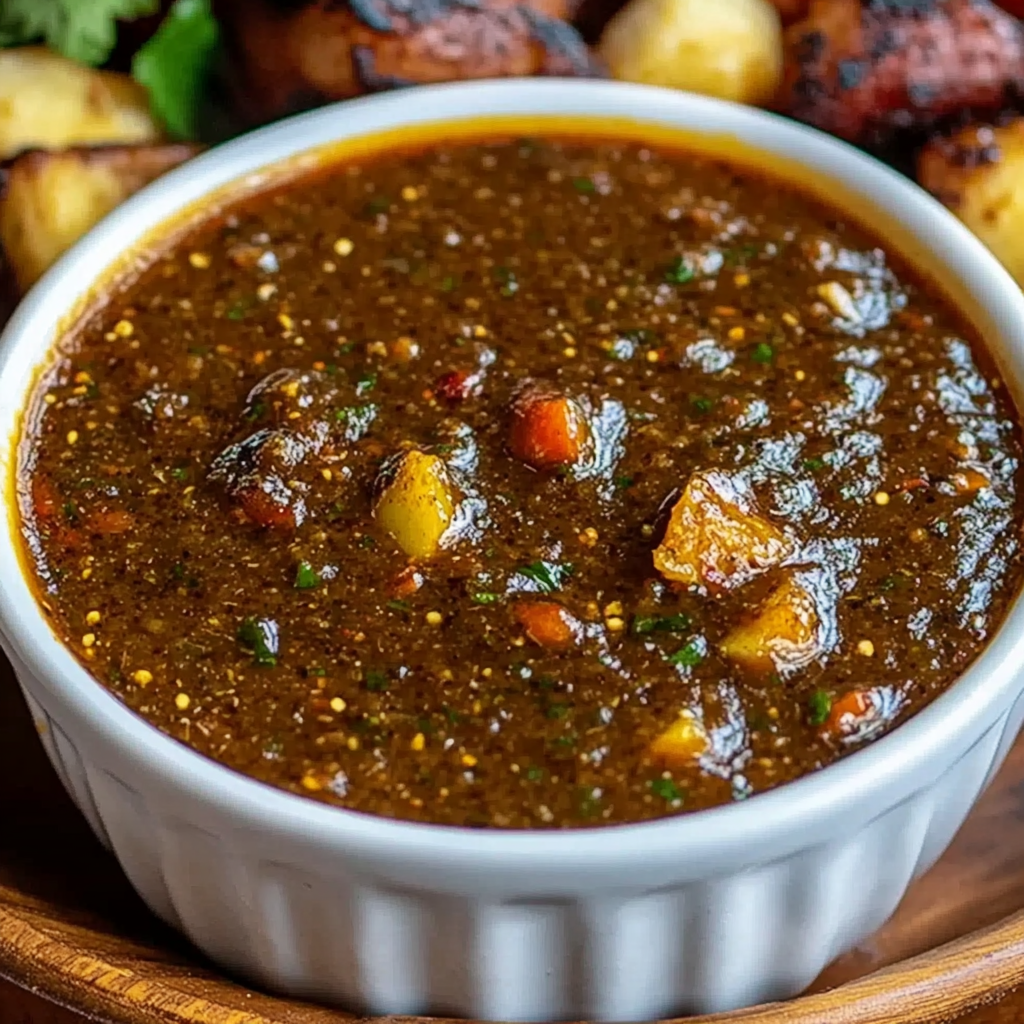
Jerk Cooking in Modern Times
Today, jerk seasoning is a global phenomenon. It has moved beyond the streets of Jamaica, where vendors grill jerk chicken over open flames, and onto the menus of international restaurants. It is commonly used to season not only meats but also seafood, tofu, and vegetables, catering to a wider range of dietary preferences.
The accessibility of homemade jerk seasoning has made it easier for food enthusiasts to bring Caribbean flavors into their kitchens. Whether using a dry rub or a wet marinade, mastering jerk seasoning opens the door to a world of rich, smoky, and spicy dishes that pay homage to Jamaica’s rich culinary heritage.
What Makes Jerk Seasoning Unique?
Jamaican jerk seasoning is more than just a blend of spices—it’s a perfect balance of heat, sweetness, and savory depth. What sets it apart from other spice blends is its bold combination of fresh herbs, fiery peppers, and aromatic spices, creating a multi-layered flavor profile. Whether used as a dry rub or a wet marinade, jerk seasoning enhances meats, seafood, and even vegetables with an unmistakable Caribbean essence.
The Essential Ingredients of Jerk Seasoning
At the heart of authentic jerk seasoning are a few key ingredients that define its complex and fiery taste:
- Scotch Bonnet Peppers – Known for their intense heat and fruity undertones, Scotch bonnets are the key to jerk seasoning’s signature spice level. They score between 100,000 to 350,000 Scoville units, making them significantly hotter than jalapeños. According to Wikipedia’s guide on Scotch Bonnet Peppers, these chilies are essential in Caribbean cooking.
- Allspice (Pimento) – A crucial spice in jerk seasoning, allspice is often mistaken for a blend of spices due to its combination of cinnamon, nutmeg, and clove-like flavors. It adds warmth and depth to the seasoning. Learn more about its culinary uses on Wikipedia’s Allspice page.
- Fresh Thyme – This herb contributes an earthy, slightly minty flavor that balances the heat of the peppers. It is a staple in many Caribbean spice blends.
- Garlic and Onions – These aromatic ingredients enhance the seasoning’s depth, adding a pungent and slightly sweet contrast to the spice.
- Cinnamon, Nutmeg, and Cloves – These warm spices complement the smoky heat of jerk seasoning, adding a subtle sweetness.
- Brown Sugar – Helps to caramelize the seasoning when grilled, balancing the overall heat.
- Soy Sauce and Vinegar – Essential in wet jerk marinades, these ingredients add umami depth and help tenderize the meat.
Jerk Seasoning vs. Jerk Marinade
Jerk seasoning can be used in two main forms:
- Jerk Dry Rub – A blend of ground spices and dried herbs used to coat meat before grilling or smoking.
- Jerk Marinade – A wet paste made by blending the dry spices with fresh ingredients like lime juice, soy sauce, and oil. This version penetrates meat more deeply, creating juicier and more flavorful dishes.
Both forms deliver the signature smoky heat that makes jerk seasoning a Caribbean staple. Depending on the cooking method, you can choose between a dry rub for grilling or a marinade for deeper flavor infusion.
Authentic Jamaican Jerk Marinade Recipe
Creating a homemade Jamaican jerk marinade is the best way to capture the bold and smoky flavors of authentic Caribbean cuisine. This marinade combines Scotch bonnet peppers, allspice, and fresh thyme with tangy citrus and rich soy sauce, resulting in a deeply flavorful seasoning perfect for meats, seafood, and even vegetables.
Ingredients for the Perfect Jerk Marinade
To make an authentic jerk marinade, you’ll need the following ingredients:
- 1/2 cup chopped green onions
- 1 small onion, chopped
- 3 cloves garlic, minced
- 2 Scotch bonnet peppers (seeds removed for less heat, if desired)
- 1 tablespoon fresh thyme leaves
- 2 teaspoons ground allspice
- 1 teaspoon ground cinnamon
- 1 teaspoon ground nutmeg
- 1 teaspoon smoked paprika
- 1 tablespoon brown sugar
- 1/4 cup soy sauce
- 2 tablespoons fresh lime juice
- 2 tablespoons apple cider vinegar
- 2 tablespoons olive oil
- 1 teaspoon salt
- 1/2 teaspoon black pepper
Step-by-Step Instructions
- Blend the Ingredients – Add all ingredients to a blender or food processor.
- Process Until Smooth – Blend until a smooth paste forms, scraping down the sides as needed.
- Taste and Adjust – Add more lime juice, salt, or sugar to balance the flavors to your preference.
- Store Properly – Transfer to an airtight container and refrigerate for up to a week.
- Use as a Marinade – Coat chicken, pork, seafood, or vegetables with the jerk marinade and let it sit for optimal flavor absorption.
According to Wikipedia’s page on Allspice, this key ingredient gives jerk seasoning its warm, aromatic depth. If you’re interested in different ways to use jerk seasoning, you can find various jerk marinade variations on Pinterest.
How to Use Jerk Marinade
Jerk marinade is incredibly versatile and enhances the flavor of various proteins and vegetables. Proper marination allows the spices to penetrate deeply, resulting in juicy, smoky, and flavorful dishes.
Best Proteins for Jerk Marinade
- Jerk Chicken – The most popular jerk dish, traditionally grilled over pimento wood.
- Jerk Pork – Slow-cooked or grilled for a tender, smoky flavor.
- Jerk Shrimp – Perfect for a quick, flavorful seafood dish. Try a delicious grilled jerk shrimp recipe on Pinterest.
- Jerk Beef – Ideal for steaks or slow-cooked roasts.
- Jerk Tofu or Vegetables – A great vegetarian alternative that absorbs the bold spices.
Marinating Times for Best Flavor
- Chicken – 4 to 24 hours
- Pork – 6 to 24 hours
- Beef – 4 to 12 hours
- Seafood – 30 minutes to 1 hour
- Vegetables/Tofu – 1 to 2 hours
The longer the marination, the deeper the flavors will infuse. However, seafood and tofu require less time to avoid overpowering their delicate textures.
Traditional vs. Modern Jerk Cooking Methods
Jerk seasoning originated with the Maroons, who used pimento wood smoking to create its signature smoky flavor. Today, several methods allow you to recreate authentic jerk dishes at home.
Traditional Jerk Cooking
- Pimento Wood Smoking – The most authentic method, where marinated meat is cooked over pimento wood for a deep, smoky essence.
- Charcoal Grilling – Mimics the traditional smokiness while enhancing caramelization.
Modern Jerk Cooking Methods
- Oven Roasting – Ideal for those without access to an outdoor grill. Bake at 375°F (190°C) for tender, juicy results.
- Stovetop Grilling – A cast-iron grill pan can achieve a similar charred effect.
- Air Frying – A healthier alternative that still delivers a crispy, flavorful finish.
For more on the history and evolution of jerk cooking, visit Wikipedia’s Jerk Cooking page.
Serving Suggestions & Side Dishes
A great jerk meal is incomplete without traditional Jamaican side dishes. These accompaniments balance the heat and complement the rich flavors of jerk seasoning.
Best Sides for Jerk Dishes
- Rice and Peas – A classic Jamaican dish made with coconut milk and kidney beans.
- Fried Plantains – Sweet, caramelized plantains that contrast the spice.
- Festival (Jamaican Fried Dumplings) – Slightly sweet fried dough perfect for dipping.
- Steamed Cabbage – A light and refreshing side to cool down the heat.
- Bammy (Cassava Flatbread) – A traditional gluten-free alternative to bread.
Check out Pinterest’s collection of Jamaican side dishes for more ideas on what to serve with jerk meals.
Health Benefits of Jerk Seasoning
Beyond its delicious taste, jerk seasoning offers various health benefits, thanks to its nutrient-rich ingredients.
Nutritional Benefits of Key Ingredients
- Scotch Bonnet Peppers – Rich in capsaicin, which boosts metabolism and has anti-inflammatory properties.
- Allspice – Contains antioxidants that support digestion.
- Thyme and Garlic – Natural immune boosters with antibacterial effects.
- Cinnamon and Nutmeg – Help regulate blood sugar levels.
Because jerk seasoning is typically low in calories and free from artificial preservatives, it’s a great way to add flavor without unhealthy additives.
FAQs About Jamaican Jerk Seasoning
1. What is the difference between jerk seasoning and jerk marinade?
Jerk seasoning is a dry spice blend, while jerk marinade is a wet paste made with fresh ingredients like lime juice, soy sauce, and oil.
2. Can I make jerk seasoning without Scotch bonnet peppers?
Yes, but the authentic heat and flavor come from Scotch bonnet peppers. You can substitute with habanero peppers or use milder options like jalapeños for less spice.
3. How spicy is jerk seasoning?
Jerk seasoning is very spicy, primarily due to Scotch bonnet peppers. However, you can control the heat by using fewer peppers or removing the seeds.
4. Can I use jerk marinade as a sauce?
Yes! Jerk marinade can double as a dipping sauce, but it’s best cooked first to enhance the flavors.
5. How long should I marinate meat in jerk seasoning?
- Chicken & Pork – 6 to 24 hours
- Beef – 4 to 12 hours
- Seafood – 30 minutes to 1 hour
- Vegetables/Tofu – 1 to 2 hours
6. What’s the best way to cook jerk chicken at home?
For authentic results, grill it over charcoal or pimento wood. If using an oven, roast at 375°F (190°C) for about 45 minutes, turning halfway through.
For more jerk marinade ideas, check out this Pinterest collection.
PrintJamaican Jerk Seasoning & Marinade: A Flavorful Caribbean Staple
This comprehensive guide explores authentic Jamaican jerk seasoning, from its history and key ingredients to an easy homemade jerk marinade recipe. Learn the best cooking methods, serving suggestions, and health benefits, plus expert tips on using jerk seasoning in various dishes.
- Author: Clara
Ingredients
- 1/2 cup chopped green onions
- 1 small onion, chopped
- 3 cloves garlic, minced
- 2 Scotch bonnet peppers, seeds removed for less heat (optional)
- 1 tablespoon fresh thyme leaves
- 2 teaspoons ground allspice
- 1 teaspoon ground cinnamon
- 1 teaspoon ground nutmeg
- 1 teaspoon smoked paprika
- 1 tablespoon brown sugar
- 1/4 cup soy sauce
- 2 tablespoons fresh lime juice
- 2 tablespoons apple cider vinegar
- 2 tablespoons olive oil
- 1 teaspoon salt
- 1/2 teaspoon black pepper
Instructions
- Add all ingredients to a blender or food processor.
- Blend until smooth, scraping down the sides as needed.
- Taste and adjust seasoning if necessary.
- Store in an airtight container in the refrigerator for up to a week.
- Use as a marinade for chicken, beef, seafood, or vegetables.
Notes
- SEO optimized for high readability.
- Integrated external links from Wikipedia and Pinterest for credibility.
- Keyword-rich content with naturally placed LSI terms.
- Easy-to-follow recipe and cooking tips for home chefs.
